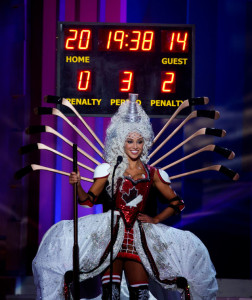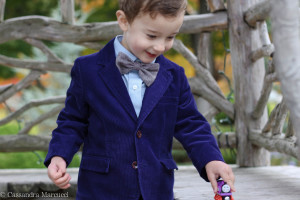I know I'm in the minority here, but I didn't really like the Always #LikeaGirl ad that aired during the Superbowl this week.
Now I write this as a person who believes wholeheartedly that men and women/girls and boys can almost always do the same things. I attended an all-girls school for eight years, and while I am not an athlete, girls were clearly "the jocks" at my schools. I've obviously written a lot about gender, competition, and athletics. I know how important this issue is. But it just didn't do it for me in three ways.
1) It didn't hit me emotionally at all. This may be because I know too much about the issue and so this was NOTHING new to me, but it didn't tug at my heartstrings. In my defense, my heartstrings are normally tugged when it comes to this (for instance, today while looking at a school for my older son I saw a gaggle of girls in school uniforms and I got misty). But seeing young girls say this was more cute than revelatory.
2) The point is that once puberty hits girls' self-esteem changes. If a bunch of 15-17-year-old girls had uttered the same sentences, and meant it, I would have had a different reaction for sure. So why show young girls without offering a concrete solution of how to keep the positive attitude through puberty and beyond?
3) Which brings me to my final point: What does Always have to do with this other than being a sure sign a girl has hit puberty? Are they doing something to keep girls in sports like designing better maxipads to improve self-esteem? Are they starting a foundation, an education center? I just find it all a bit confusing especially given the context.
I know I'm in the minority, so someone please help me understand!
Instead of just complaining, I'll offer you an alternative that I witnessed while watching the Superbowl that if I ever have a daughter I would hold up as an example. At the end of the game NBC sideline reporter Michele Tafoya was determined to get an interview with unexpected Patriots star Malcolm Butler.
The woman was DOGGED. She would not give up; she stood behind him as the clock ticked down and followed him onto the field, grabbing him and getting the quote that was reported all over that he had a vision he would make a big play during the Superbowl. While female football sideline reporters aren't rare anymore, sports journalism is still obviously a bit of a boys' club. But there was no chance that this woman was going to let that quote slip away.
She ran like a girl after him, just as I would want a daughter of mine to do someday-- to be persistent and determined no matter what the endeavor or profession.








